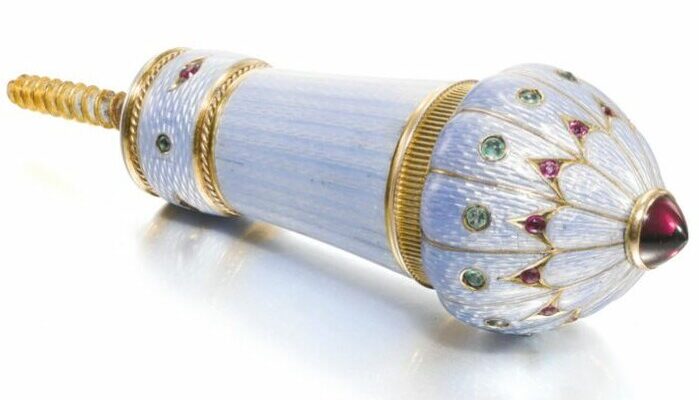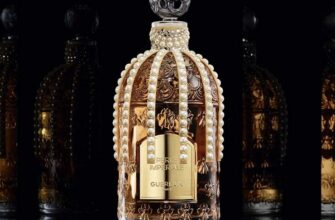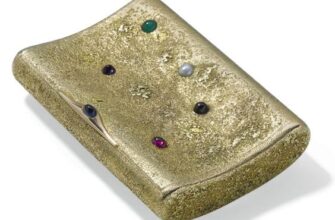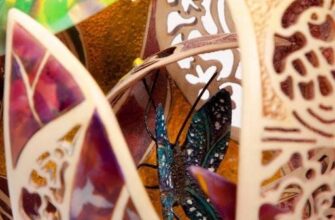Mother-of-pearl tints, bright, joyful and gentle colors at the same time, fancy texture - the world of Faberge is replete with exquisite objects made using the guilloche technique!
I invite our precious readers to take a closer look at the wonderful pieces of jewelry and learn about Guilloche enamel, especially since it is very interesting!
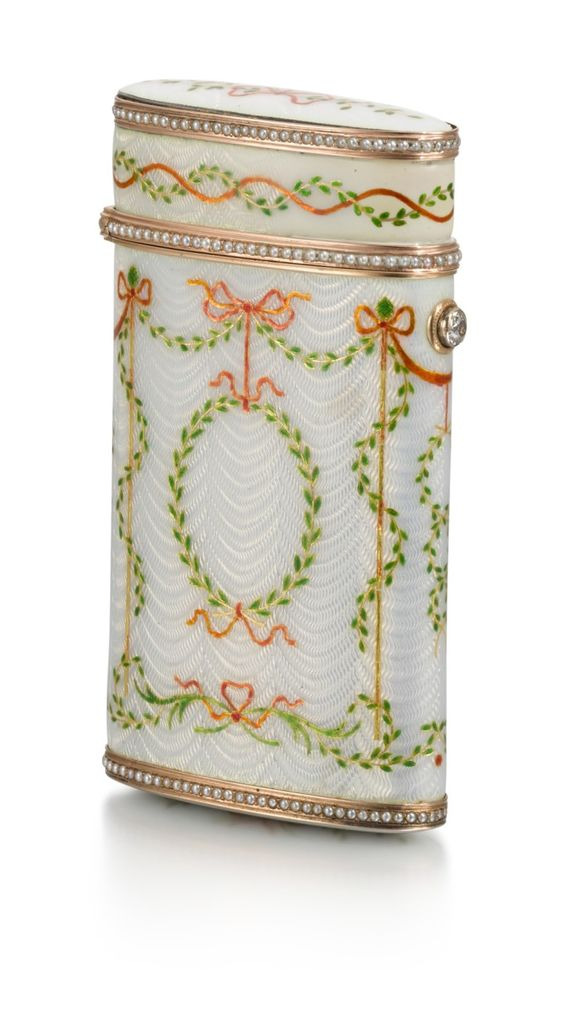
About Carl Faberge
There have been many long discussions among art historians about whether it would be more accurate to define him as an artisan.
If we define an artist as a person who makes a purely individual statement, a personal creative act, using his own talents in any chosen environment, then Fabergé was not an artist.
On the contrary, he was the brilliant leader of a large organization that, at its peak, employed hundreds of people and produced thousands of objects that had the right to be called Fabergé, but were not created by him or from any design that was undoubtedly his hand.
What is Guilloche (enamel)

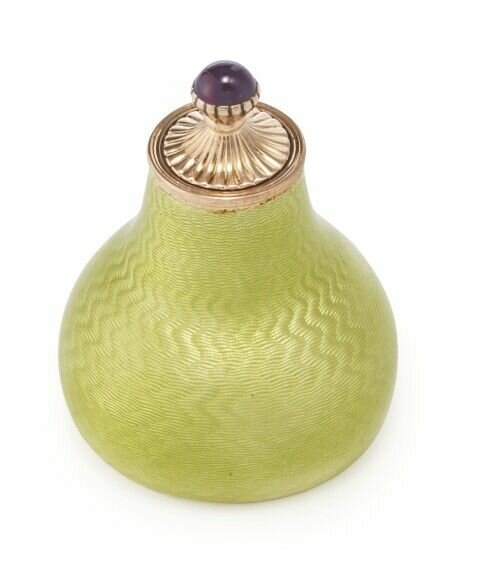
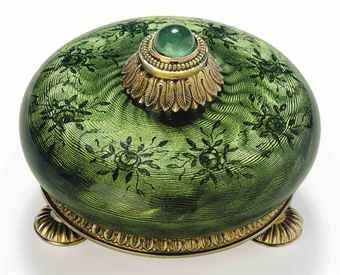
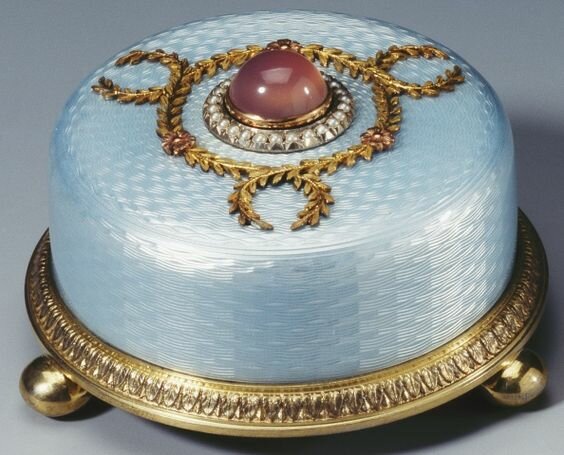
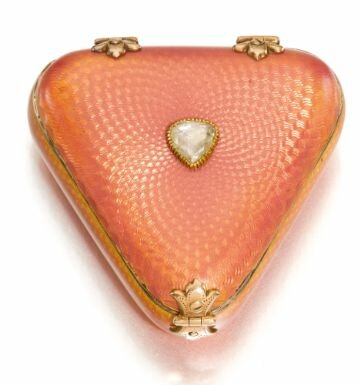
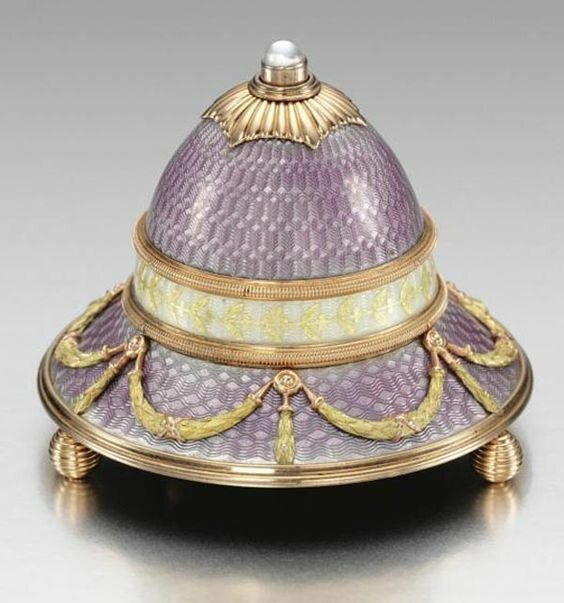
Guilloche enameling is the application of translucent layers of enamel to a machine-engraved surface.
This method is expensive and time-consuming, but produces the most beautiful effects, especially in depth of color.
One of Fabergé's greatest contributions to the art of jewelry is his use of color. In almost all of his works he used an unusually wide range of colors. The color could be changed by mixing gold with other metals, which was also necessary to increase hardness because gold is a soft substance and wears easily.
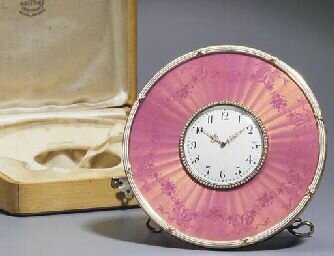
What is most striking about Fabergé's craftsmanship is the quality of the enamel, a quality achieved through the generous use of time and labor. Again, his inspiration was the work of the French masters of the 18th century, and he both revived techniques then used but subsequently lost by later masters, and refined these techniques to achieve even more magnificent results.
Fabergé increased the use of color in his enamel and was always willing to experiment with new shades, drawing on a palette of 144 different primary colors. Typically, Fabergé used them in a variety of objects such as imperial eggs, picture frames, umbrella handles, miniature furniture, bell buttons, flowers, boxes, tie pins, cigarette cases, paper knives and much more. Each of these items, no matter how simple, was enameled with the same degree of care!

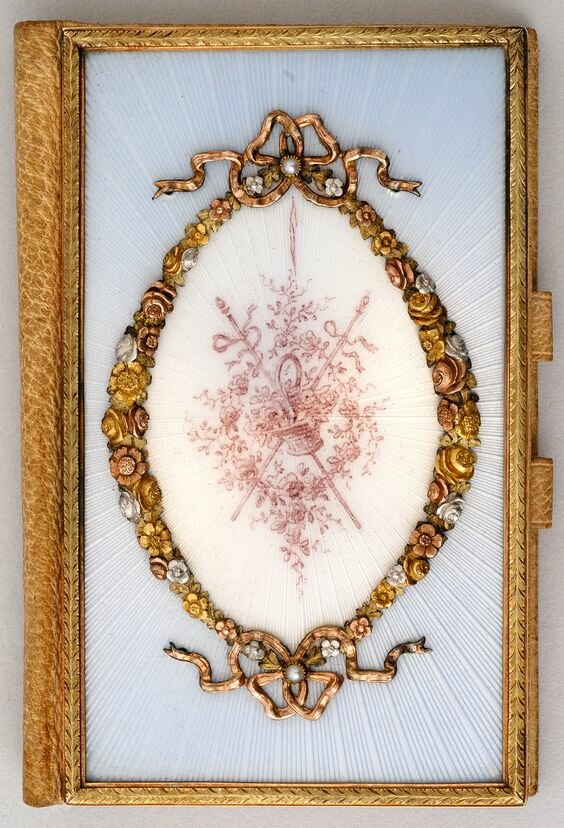
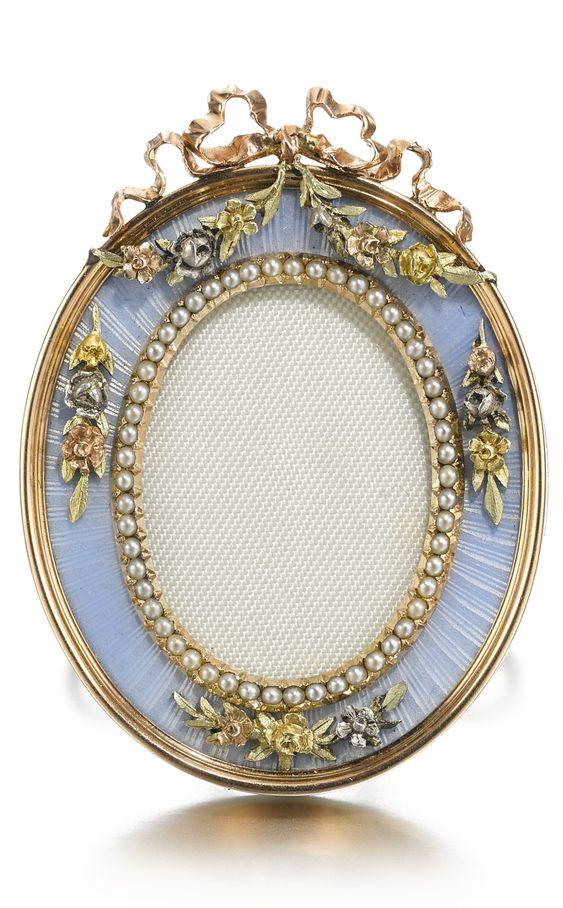

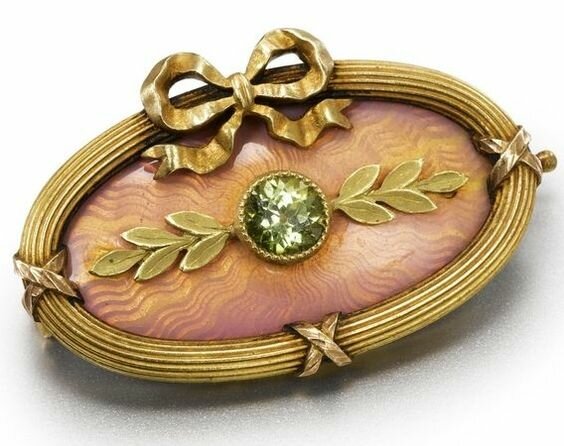
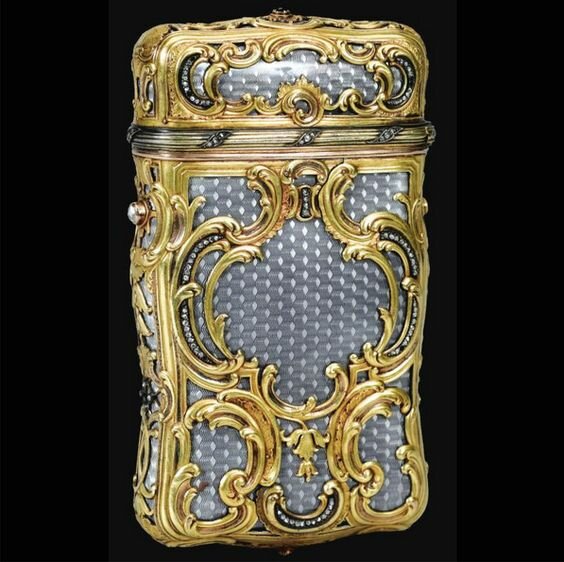



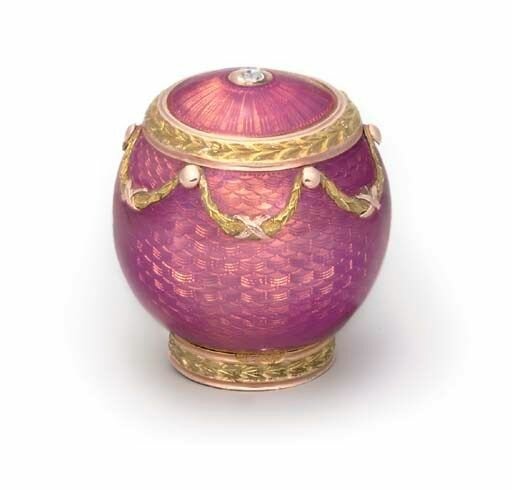
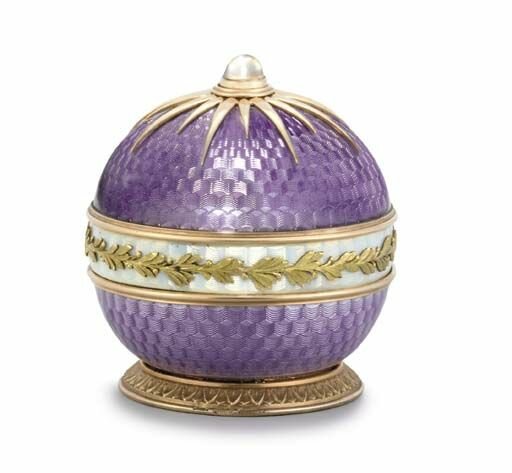
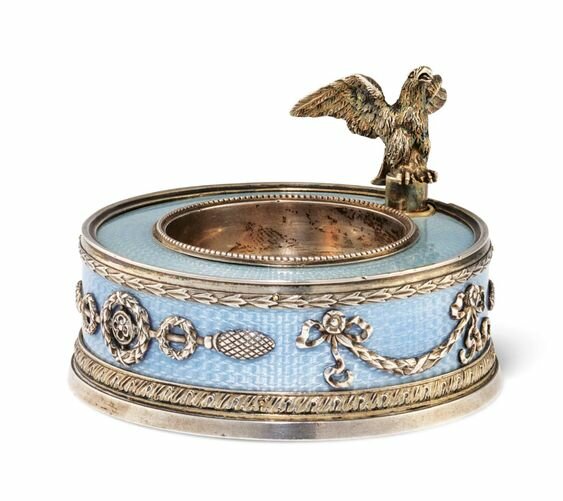
Enameling process
There are complex technical problems associated with enameling, particularly because it is carried out at very high temperatures.
A combination of glass and metal oxides is heated until it begins to melt and then applied and fused to a prepared metal surface, usually silver, that is engraved.

Transparent enamel melts at 600° Celsius, and opaque enamel at 300° Celsius, and it is these extremely high temperatures that require the skills of the enameler.
Fabergé was clearly fascinated by the possibilities of enamel and exploited them to the fullest, with results that can be seen in a number of objects, most of them miniatures.
Gallery of eggs with guilloché enamel:
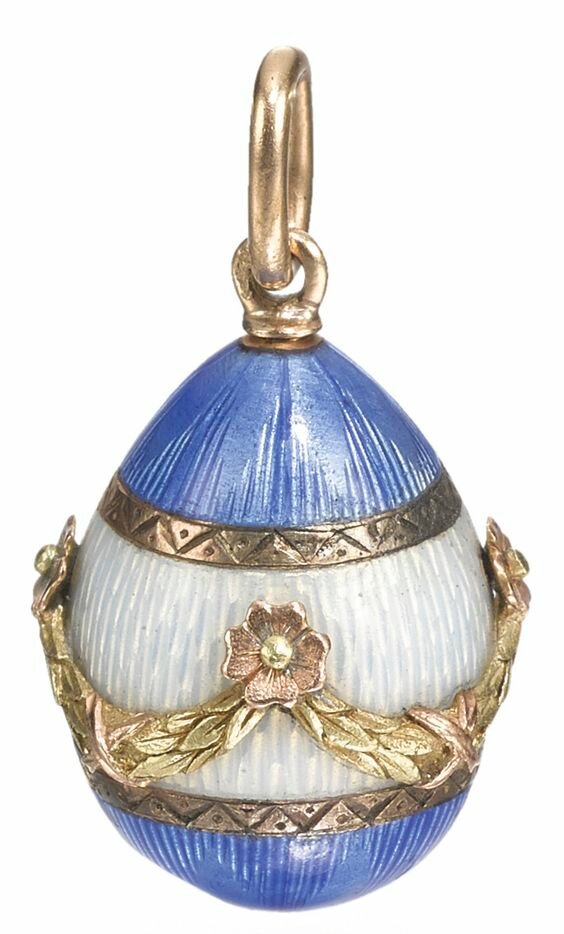
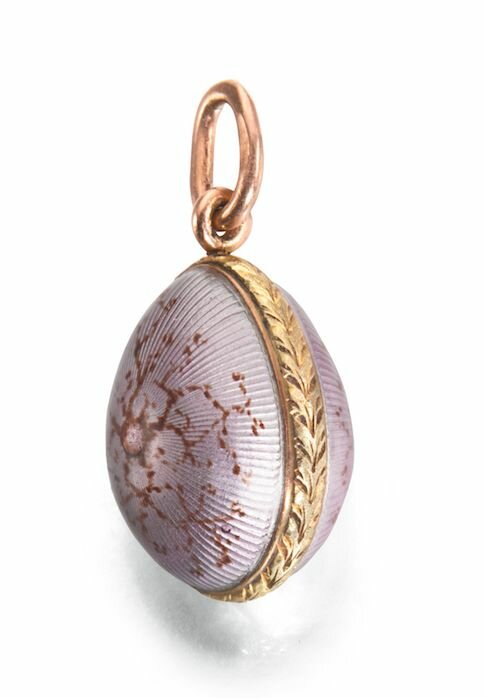

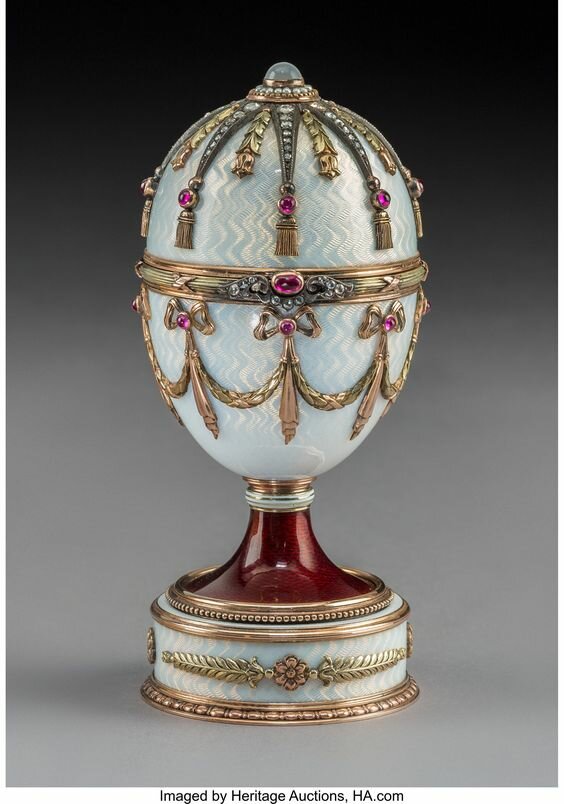


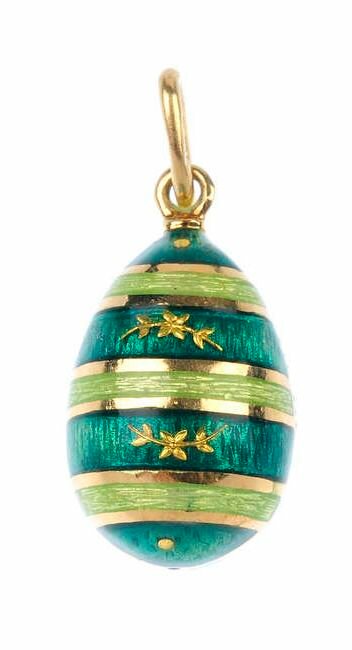

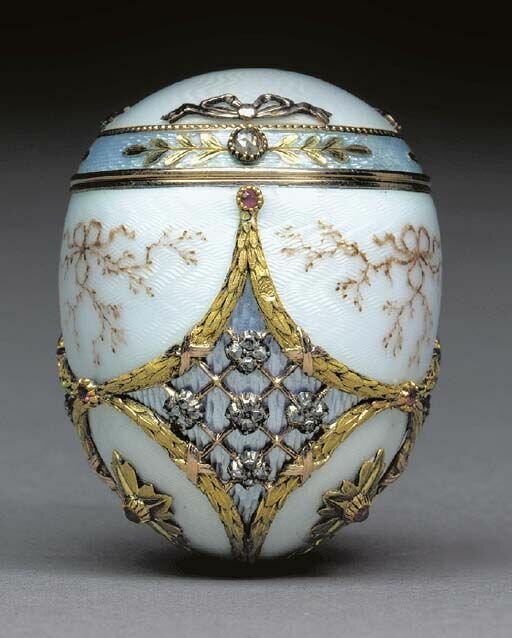

He also created projects that involved enameling large surfaces. His craftsmen could also apply enamels and rounded surfaces, which is very difficult.
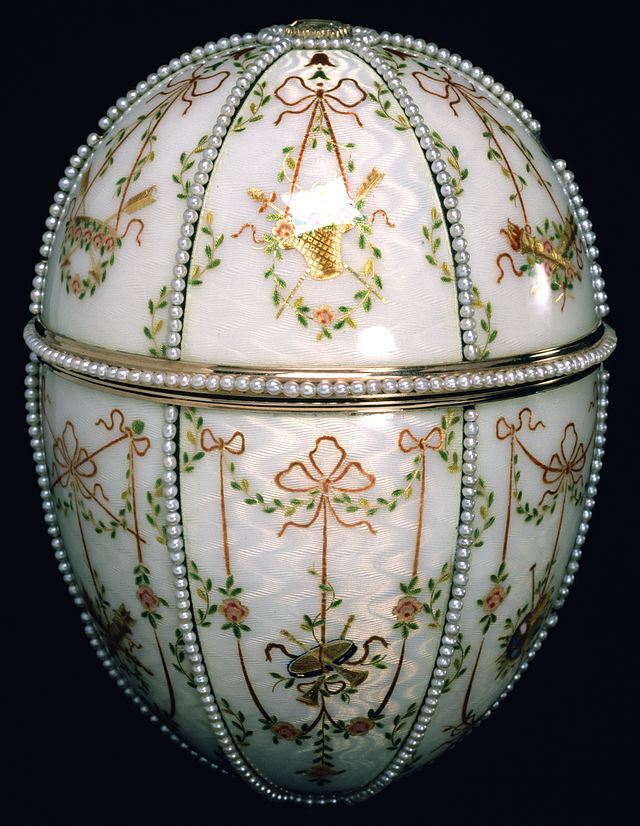
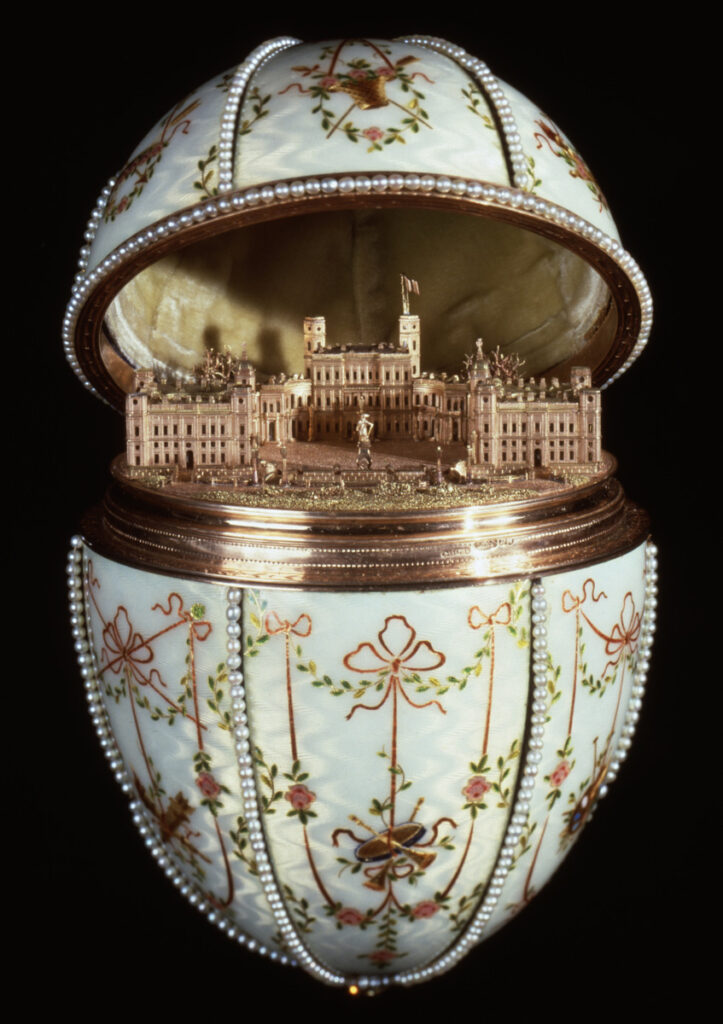
The depth of finish in Faberge's enameling was achieved by applying several layers of enamel, up to six, at lower temperatures.
It was a delicate and highly skilled process, especially when the part was not flat. The so-called opalescent mother-of-pearl effect seen in Faberge's works was achieved by applying a translucent layer of orange-hued enamel and applying several layers of transparent enamel to achieve such a valuable and beautiful iridescent effect.
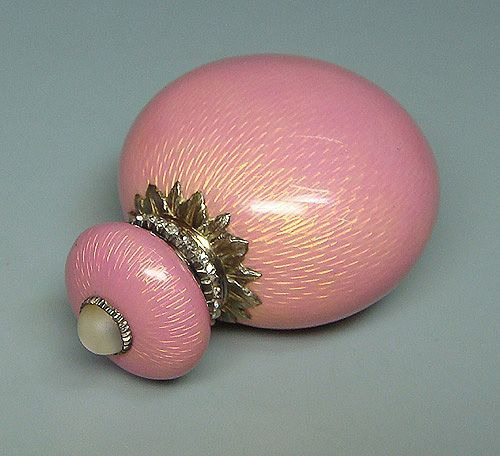
Perfume bottle
Sometimes gold leaf designs, paillons, and sometimes paintings of flowers or trees were inserted between the layers—a complex process that involved applying additional material to a surface that had already been fired before adding the final sealing layer.
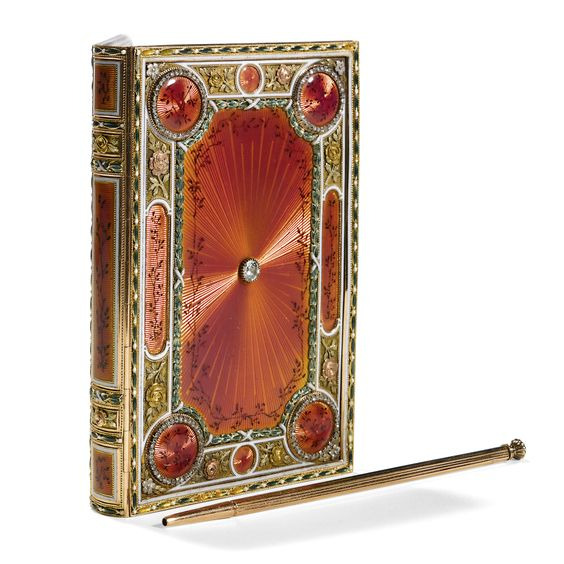
The visual effects were enhanced by decorations engraved on the metal or guilloche surface. These designs could be done by hand, but were usually done using a machine called a guilloche tour.
The main designs were waves and sun rays. The enamel was finally polished with a wooden wheel and chamois for many, many hours. This skilled and time-consuming work was necessary if the finish for which Faberge enamel was famous was to be achieved.
For enamellers, unlike jewelers and silversmiths, there was no mark of their own, so the skilled craftsmen who performed the delicate work are not known.

This is Nikolai Petrov, son of Alexander Petrov. Captured at the moment of firing the enamel.
The description of the personality given by the Englishman who collected material for writing the book amused me - “a somewhat rude character, completely absorbed in his work” (apparently the enamel artist was not happy when someone “got under his arm” during the process to take a photo).
In my opinion, the secret of the pearlescent, delicate shimmer of color and light of Faberge enamels lies in the work and golden hands of the masters!
